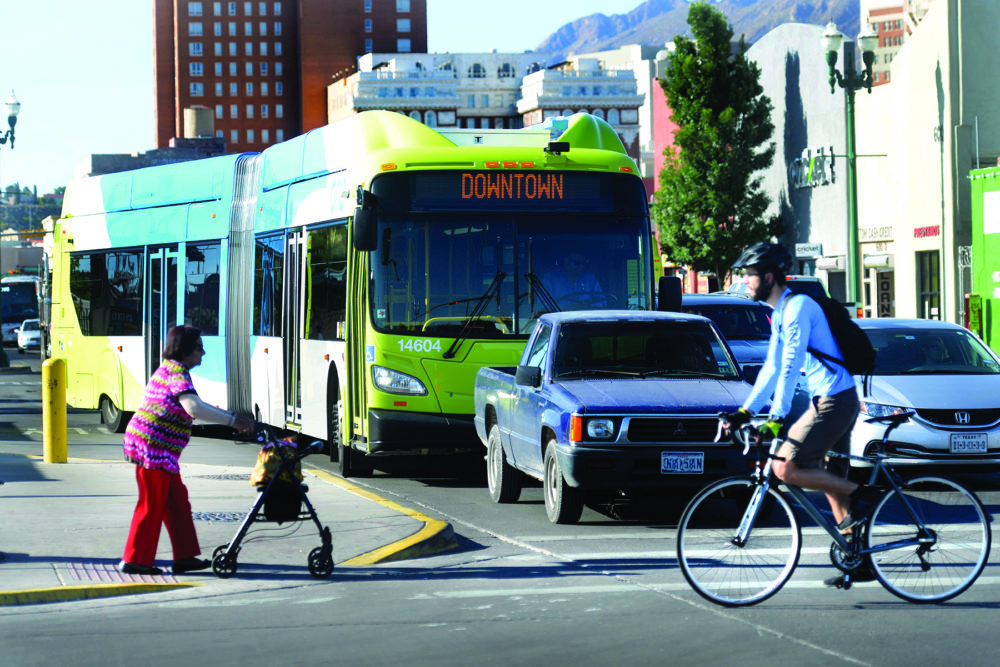Research the distance needed between safe pedestrian crossings.
- Develop a research problem statement regarding the maximum desirable distance between safe pedestrian crossings.
(Participating organization: TTI) - Submit problem statements to potential funding sources.
(Participating organizations: TxDOT, TTI, and city agencies) - Conduct a research project to investigate the distance between pedestrian crossings.
(Participating organizations: TxDOT and TTI) - Disseminate information from the research project.
(Participating organization: TxDOT) - Based on guidance from TxDOT, FHWA, TTI, and others, identify roadway sections potentially in need of safe pedestrian crossing retrofits; develop a prioritized ranking of these locations for retrofitting to increase safety.
(Participating organizations: local jurisdictions) - Incorporate this prioritized list into existing planning and funding decision-making processes.
(Participating organizations: local jurisdictions)
See above for each step.
- Funding.
- Engineering acceptance of findings.
Develop criteria for the maximum desirable distances between safe crossing opportunities for different roadway classifications. Consider FHWA materials on Safe Transportation for Every Pedestrian (STEP), level-of-service calculations for all users at signalized intersections, and the typical distance a pedestrian will walk before crossing the street at an unsignalized location. The recommendations may vary by functional classification (e.g., arterial versus local street) and by context (e.g., rural versus urban core). The recommendations may also vary by treatment type (e.g., traffic control signal or pedestrian hybrid beacon versus markings and sign only with no supplemental beacons).
